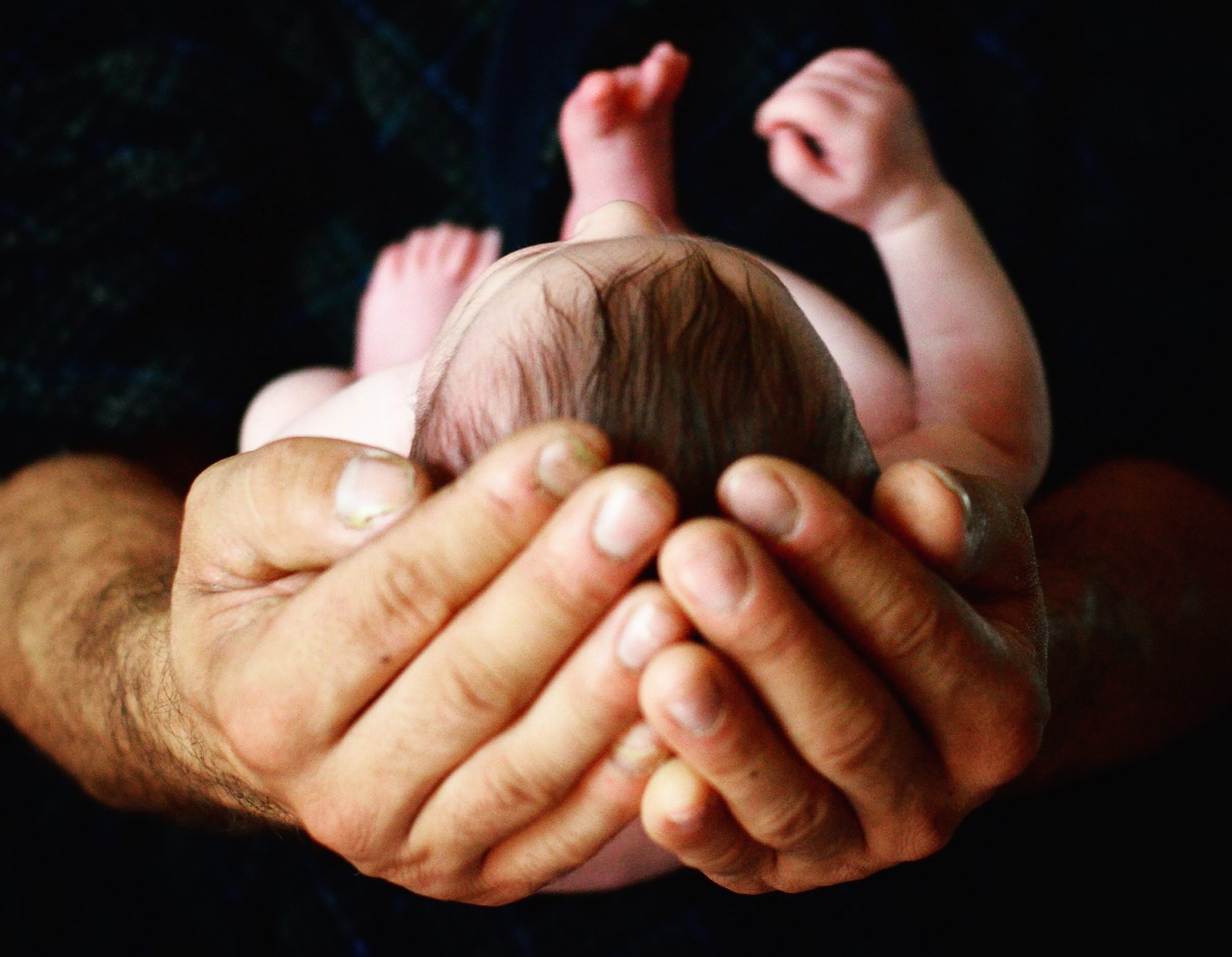Understanding Erb’s Palsy
Erb’s Palsy, or Erb-Duchenne Palsy, is a medical condition characterized by a paralysis of the arm due to injury to the upper group of the arm’s main nerves. These nerves comprise part of the brachial plexus, which is a bundle of nerves extending from the arm through the shoulder and neck. Injury to the brachial plexus and Erb’s Palsy are primarily caused by physical trauma during childbirth. In a difficult birth, the infant may be unable to pass safely through the birth canal without significant physical manipulation, during which the shoulder and neck may be unnaturally stretched or distorted. Depending on the severity of nerve damage, the infant may heal on his or her own or may require physical therapy or surgery to recover.
Is Erb’s Palsy related to medical malpractice?
Because most instances of Erb’s Palsy are caused by difficult childbirths, it is possible that medical malpractice was the cause. A doctor may fail to diagnose a condition where an infant is too large to pass through the birth canal or may attempt to avoid performing a c-section when it would have been safer for mother and baby.
In these cases, or if a doctor was careless or negligent in a forceps or vacuum delivery or in assisting the infant in passing through the birth canal, this may be grounds for a malpractice claim. A personal injury lawyer at Pacific Attorney Group can meet with you to discuss your particular case and whether negligent medical care may have been the cause for your child’s suffering.

Primary Causes of Erb’s Palsy
The most common cause of Erb’s palsy is a difficult or prolonged delivery, particularly when there is shoulder dystocia. Shoulder dystocia happens when the baby’s shoulder gets stuck behind the mother’s pubic bone during delivery. The stretching or tearing of the brachial plexus nerves during this process can lead to Erb’s palsy.
Another cause is forceful traction during delivery, that is, excessive pulling or stretching of the baby’s head and neck during delivery, especially if done with excessive force or in an incorrect direction, which can lead to brachial plexus injuries and Erb’s palsy.
Symptoms of Erb’s Palsy
The symptoms of Erb’s palsy can vary depending on the severity of the nerve injury, but they often include:
- Weakness or paralysis: One of the main symptoms of Erb’s palsy is weakness or paralysis in the affected arm. The degree of weakness can vary, ranging from mild to severe. The muscles affected are typically those responsible for shoulder and upper arm movement.
- Limited range of motion: Children with Erb’s palsy may have limited mobility and difficulty moving the affected arm. They may struggle with activities such as lifting the arm, reaching, or grasping objects.
- Loss of sensation: Some children with Erb’s palsy may experience decreased or altered sensation in the affected arm or hand. This can range from mild sensory changes to complete loss of sensation in severe cases.
- Abnormal muscle tone: The affected arm may exhibit abnormal muscle tone, such as stiffness or flaccidity, due to nerve damage. Muscle imbalances and contractures can develop over time if the condition is not properly managed.
The symptoms and severity of Erb’s palsy can vary from person to person, depending on the extent of nerve damage. Prompt medical evaluation and intervention are essential for an accurate diagnosis and appropriate treatment, which may include physical therapy, occupational therapy, and, in some cases, surgical interventions to repair or reconstruct the damaged nerves.
Treatment of Erb’s Palsy
Treatment for Erb’s palsy often involves a combination of physical therapy, occupational therapy, and sometimes surgical intervention. Physical and occupational therapy aim to improve the range of motion, strength, and functional abilities in the affected arm. In some cases, surgery may be recommended to repair or reconstruct the damaged nerves or release tight structures that are impeding movement.
If you believe that your child has Erb’s palsy due to a birth injury, it is crucial to consult with a healthcare professional, such as a pediatrician or specialist, for an accurate diagnosis and appropriate treatment options. In certain situations, legal consultation with a birth injury attorney may also be warranted to explore potential avenues for compensation or support related to the birth injury.
Talk to a California Erb’s Palsy Lawyer
With the help of a skilled LA birth injury attorney from our firm, you may be able to bring a claim against the doctor or other party responsible for your child’s condition. In doing so, you have the opportunity to recover financial compensation to pay for medical care, physical therapy, surgery, and any continued medical treatment. This may allow your child to have a better chance of making a full recovery.
